Symptoms Of Cushing Disease In Horses
Symptoms of cushing disease in horses. Horse Conditions Cushings Syndrome in Horses Most common symptoms Frequent Urination Increased Urination Increased thirst Poor Appetite Redness Weight Loss. Affected horses often have a pot-bellied appearance combined with a loss of muscle on the topline. Also increased thirst increased urination and increased appetite.
Clinical signs include excessive coat length weight loss increased sweating excessive drinking and urination and laminitis. Below are some concerning symptoms of Cushings in horses to keep in mind. It is important to contact your vet if you believe your horse is suffering from Cushings.
Neurological problems such as seizures and even blindness. Other symptoms are excessive thirst combined with excessive urination. Reproductive cycles may be abnormal or absent.
In some cases blindness may even occur. Signs of Cushings syndrome include. PPID involves the pituitary gland.
The average age of horses getting the disease is 19 years. Symptoms of cushings disease in horses Common signs of Cushings disease are lethargy and weight loss even though the horse may have a healthy appetite. This can result in recurring skin and respiratory infections including sinusitis dental disease and an increased susceptibility to worms.
Symptoms of Cushings Disease in Horses. Symptoms of Cushings Disease include a wavy coat that does not shed bulgy-eyes and chronic laminitis. They will act lethargic sweat sway uncontrollably and may not be able to get up or down.
Of course all horses are different and they wont all suffer from the same symptoms but horses with Equine Cushings Disease are also more likely to affected be internal parasites and will often take much longer to heal from wounds and infections. There are a few signs to watch out for if youre not quite sure whether or not your horse might have Cushings disease.
A long shaggy hair coat loss of muscle mass laminitis and susceptibility to infection.
Below are some concerning symptoms of Cushings in horses to keep in mind. Signs of Cushings syndrome include. A long shaggy hair coat loss of muscle mass laminitis and susceptibility to infection. A normal horse will drink in the region of 5 - 8 gallons per day whereas a horse suffering from Cushings Disease will drink as much as 20 gallons per day. Neurological problems such as seizures and even blindness. If you suspect your horse or pony may have Cushings it is important to get a confirmed veterinary diagnosis. Horses with progressed Cushings will feel act and appear old malnourished and develop odd shaggylong coats. Below are some concerning symptoms of Cushings in horses to keep in mind. Fat deposits may appear along the crest of the neck and at the tail head as well as above the eyes.
If you suspect your horse or pony may have Cushings it is important to get a confirmed veterinary diagnosis. Cushings Disease scientifically known as hypercortisolism and hyperadrenocorticism is an endocrine disorder that causes your horses body to produce too much cortisone or cortisol from the adrenal glands. If you suspect your horse or pony may have Cushings it is important to get a confirmed veterinary diagnosis. Expected Life Span for Horses with Cushings Disease. Horses with progressed Cushings will feel act and appear old malnourished and develop odd shaggylong coats. This in turn triggers the adrenal gland to increase the production of cortisol and the resulting hormonal imbalances lead to the hallmarks of Cushings. In some cases blindness may even occur.
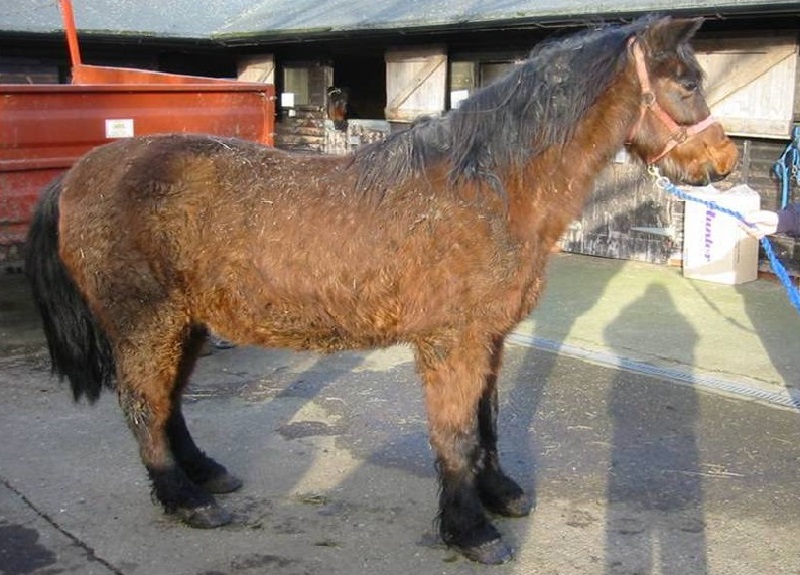

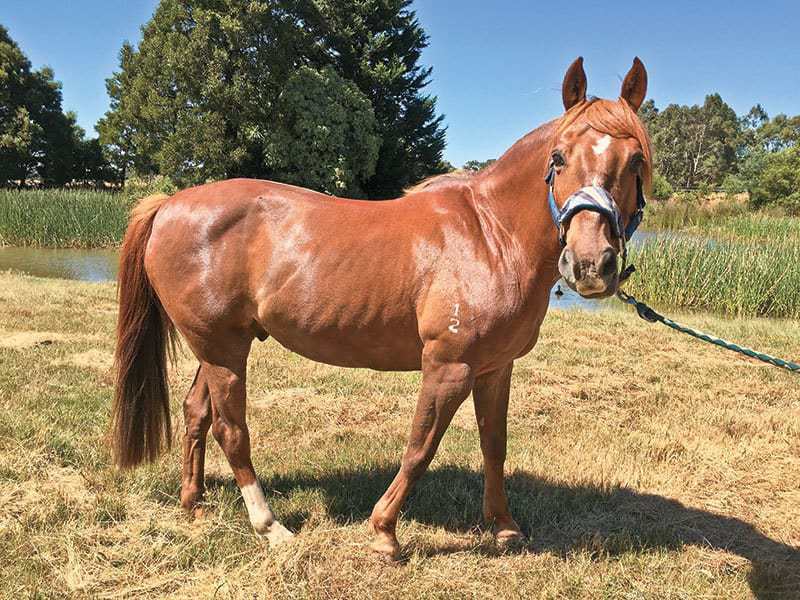
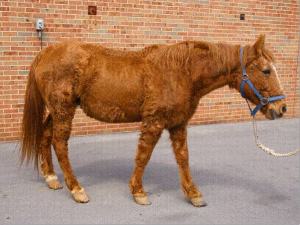


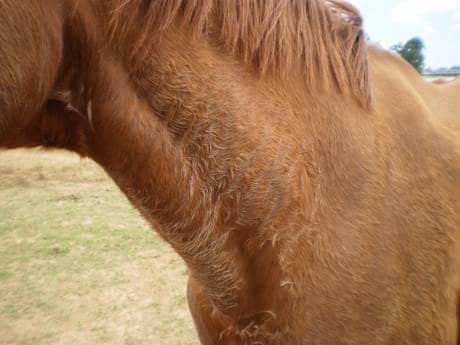



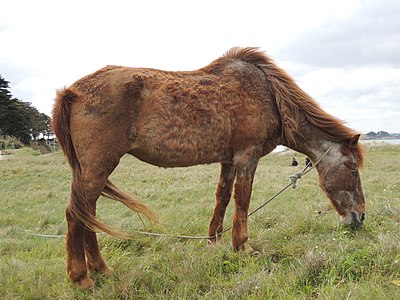


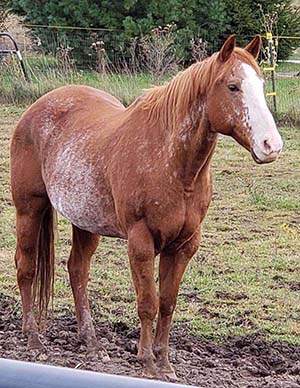
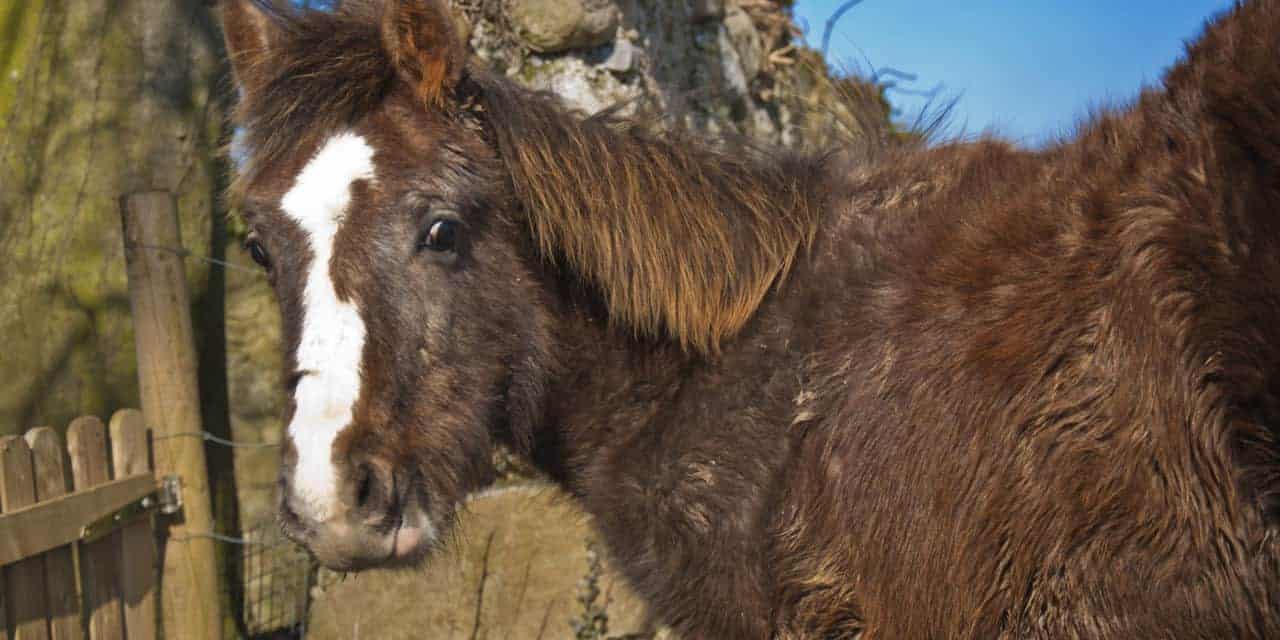
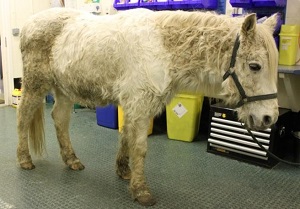





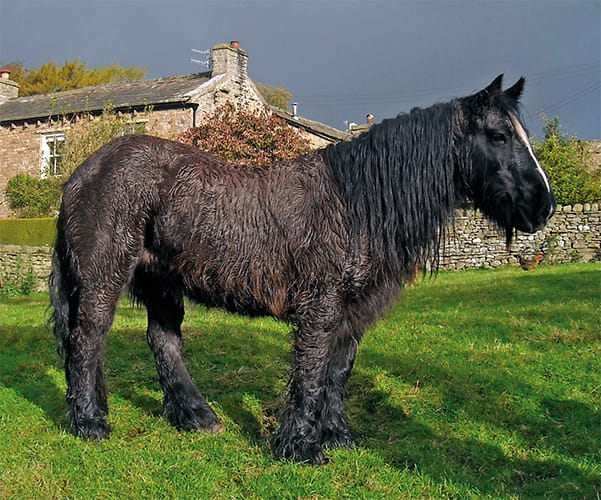
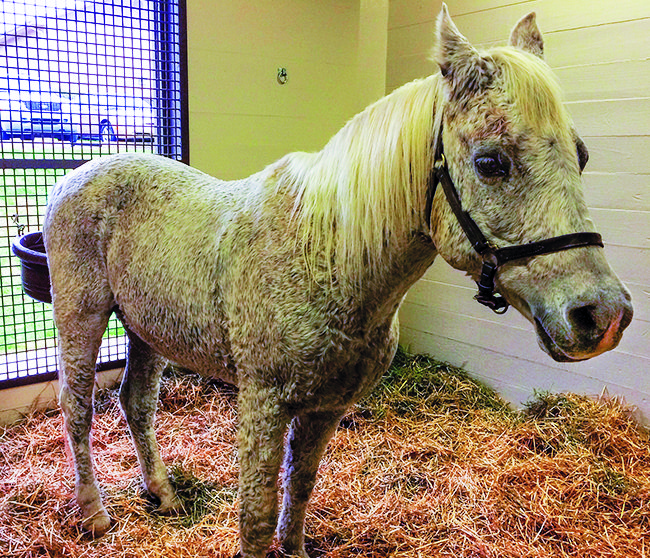

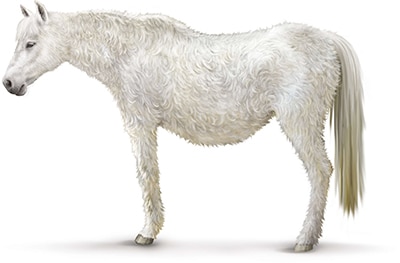




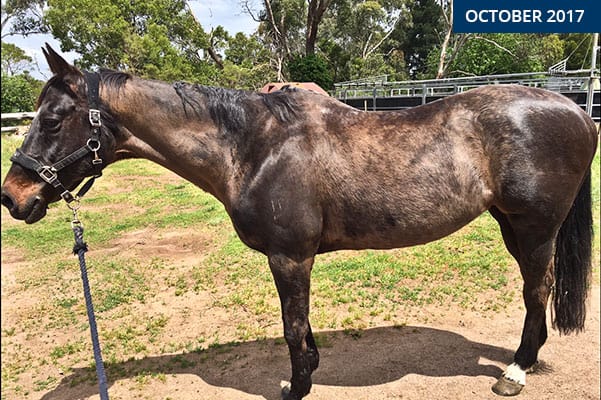
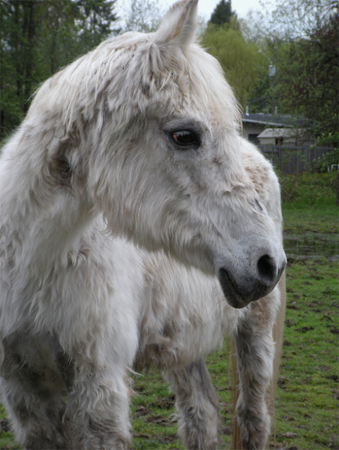

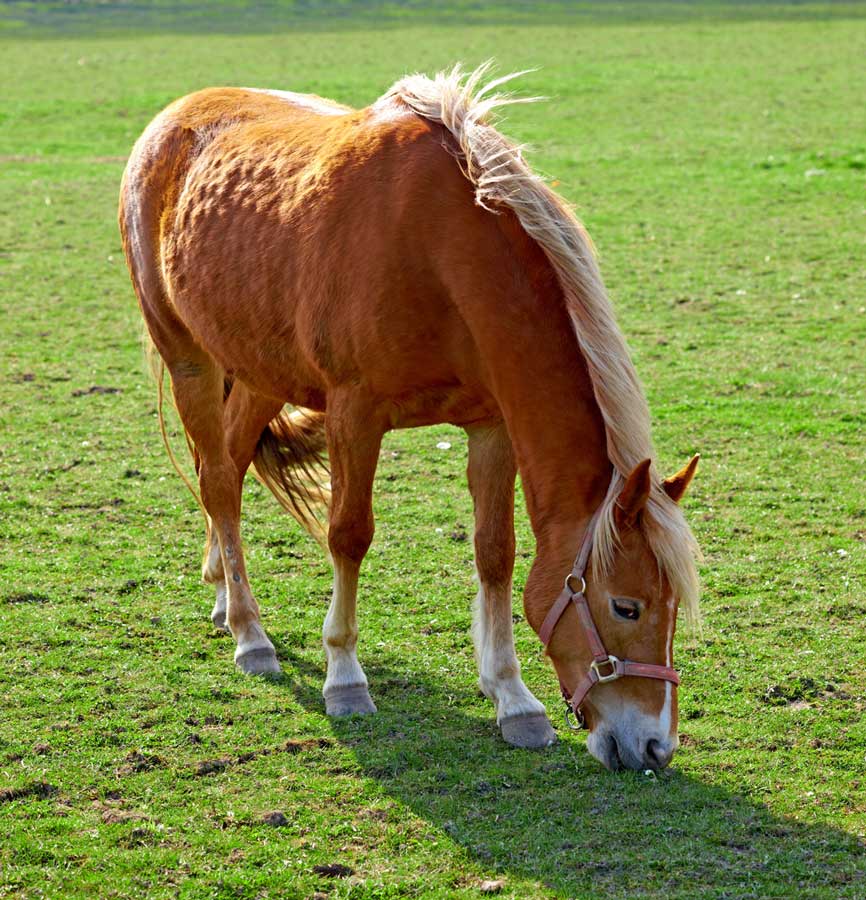

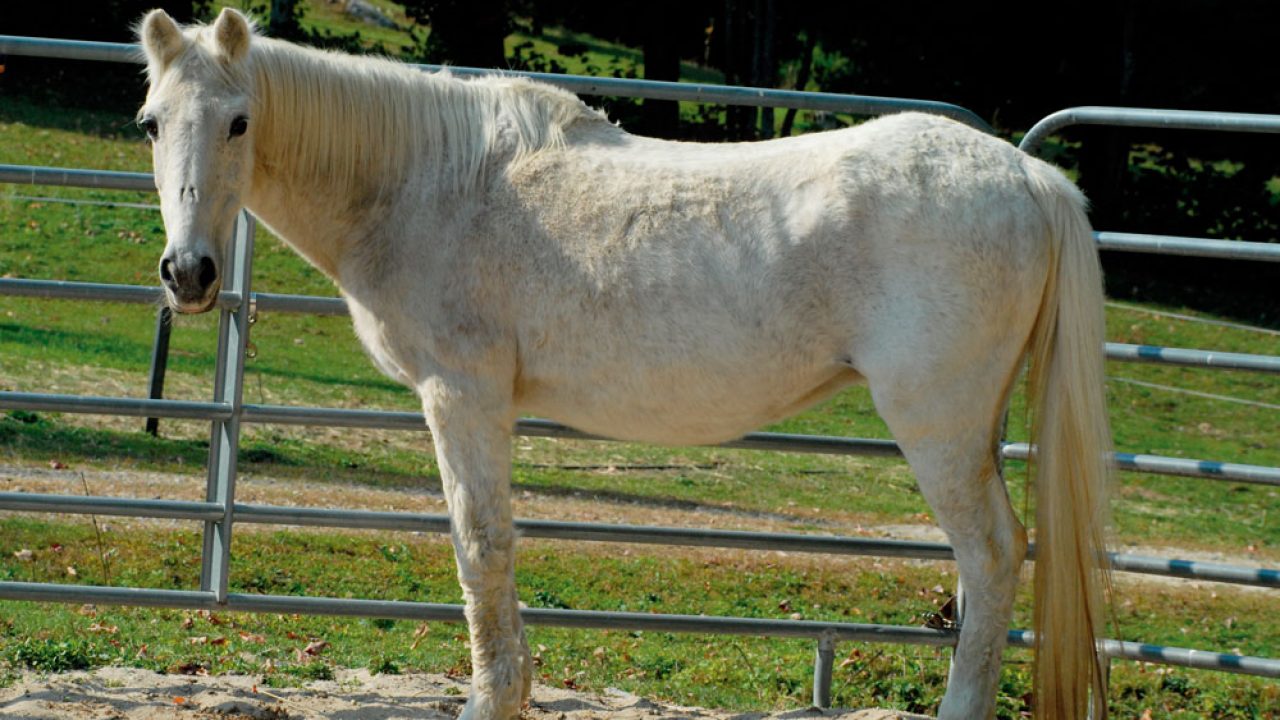





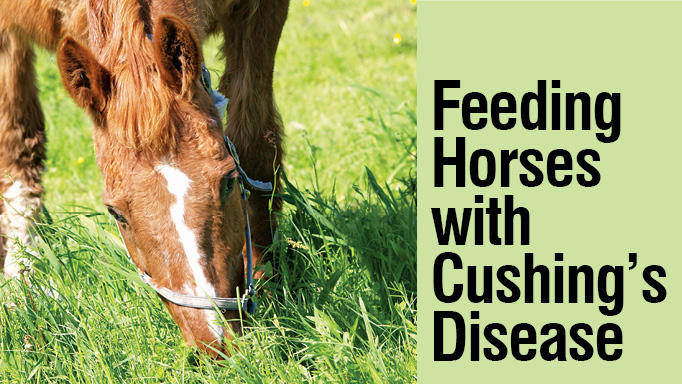
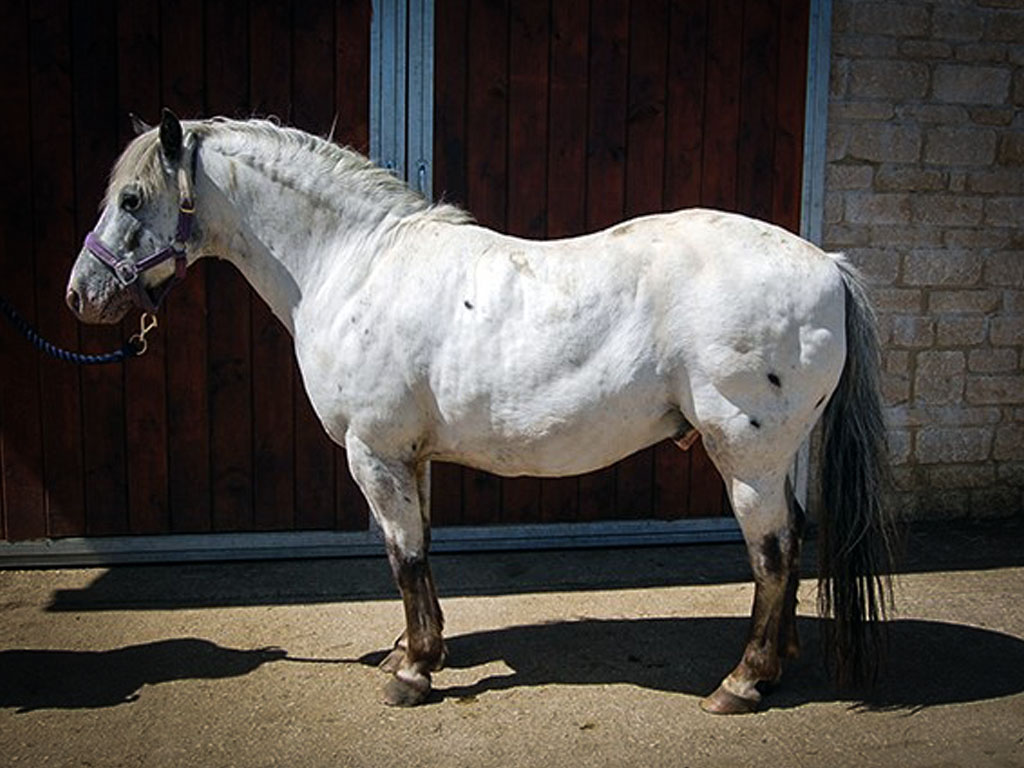
Post a Comment for "Symptoms Of Cushing Disease In Horses"